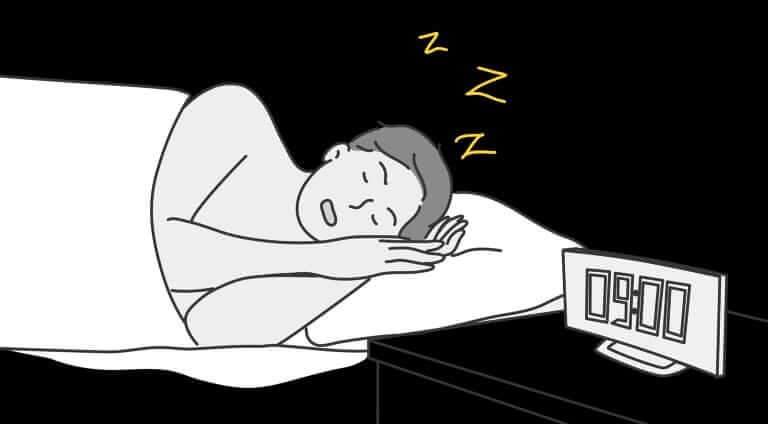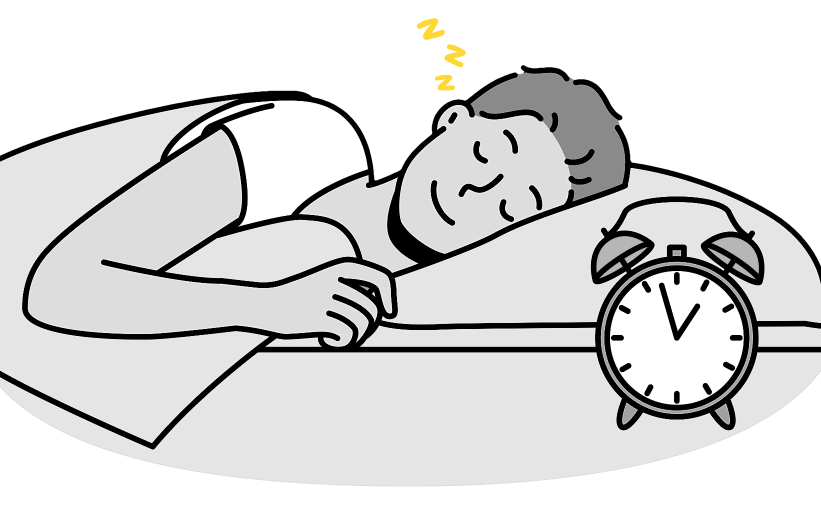Fall Asleep Fast – Unlocking the Secrets to Better Sleep

You don’t need us to tell you that America is sleep-deprived. How are you feeling today? Could you be more rested? Would you like a nap later, if possible? According to the Centers for Disease Control and Prevention, about a third of adults in the United States reported not getting enough sleep regularly. Nearly 40% of adults report falling asleep during the day without meaning to at least once a month.

Sleep, these days, feels like a luxury that should be attainable and yet is often just out of reach. It’s so valuable to us that many say we’d easily give up things to get more rest. A 2022 sleep study found that 63% of Americans consistently hit the snooze button to feel just a little better. Researchers found that a vast majority would skip breakfast to save more time for sleep and 29% would forgo their morning showers, with 27% even will to skip brushing their teeth in order to sleep a little longer. But what if there was an easier way?
It’s called the “10-3-2-1 Sleep Formulaâ€, and it’s backed by everyone from Dr. Jess Andrade, a sports medicine physician, to Dr. Peter Tierney, a performance coach who’s had stints with the England national football team. The formula is a daily game plan involving specific activities leading up to bedtime that will create a regular and reliable sleep routine. The numbers each represent something you should try to limit before heading to bed. In truth, it’s not all that revolutionary and it’s fairly simple to implement, but that’s the beauty of it.
This simple yet effective strategy provides a structured routine to help you fall asleep fast and improve the overall quality of your slumber, all while enhancing your overall health. This is not a quick wind-down before you get ready for bed. Instead, it’s more of a playbook of rules to consider throughout your whole day, setting the stage for a peaceful and rejuvenating night’s sleep. Once you set your desired bedtime, it’s easy to follow without feeling like you’re giving up anything that you love. Let’s break down each component of this rule, using the average American bedtime of 11:45 p.m.
As you can see, it’s not all that restrictive. In fact, most of us probably manage at least two of the four most days. But as you adjust your daily schedule and start following this plan, your body will adapt and prepare itself for sleep naturally by adjusting your sleep-wake cycle hormones. The end result is you laying down in bed and falling asleep quickly and staying asleep for some quality shut-eye.
Read the original article here






